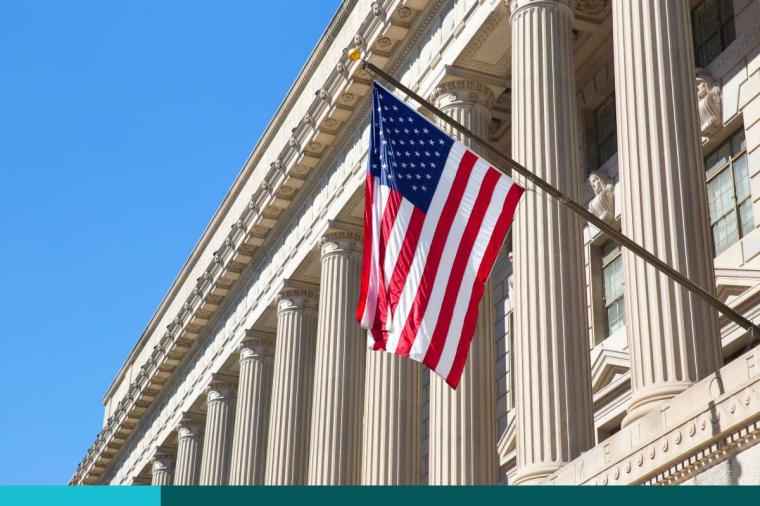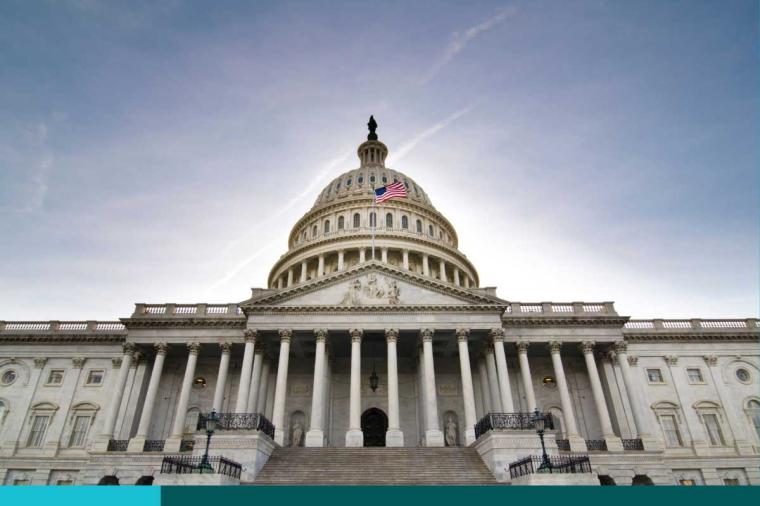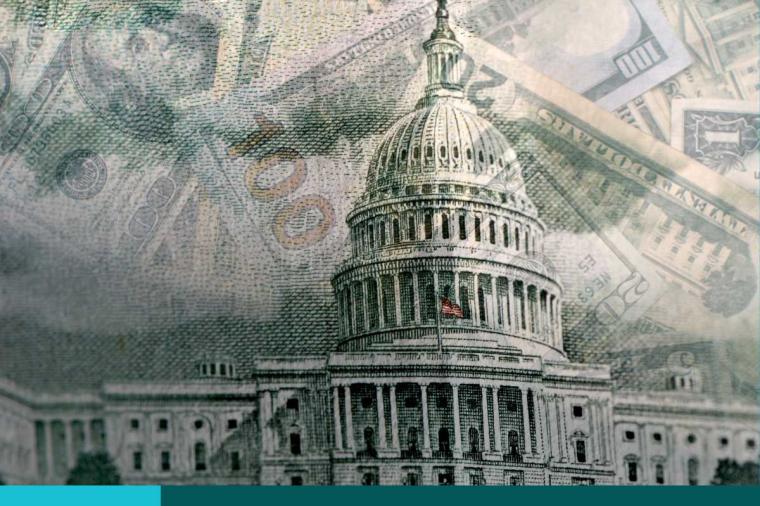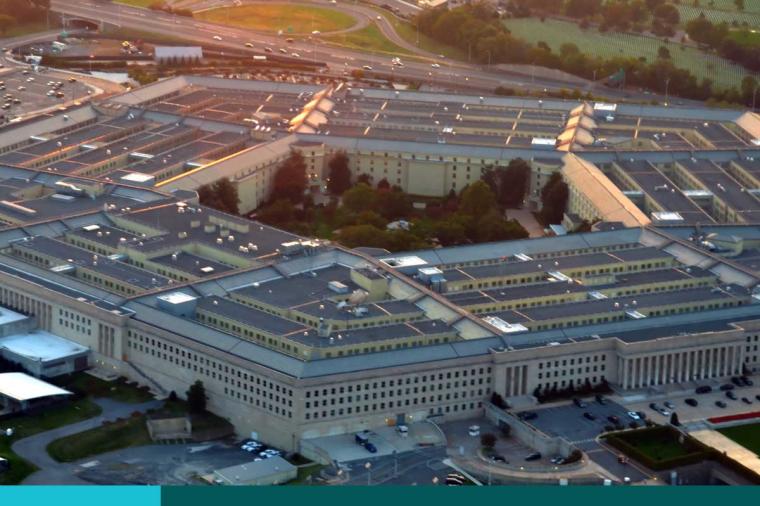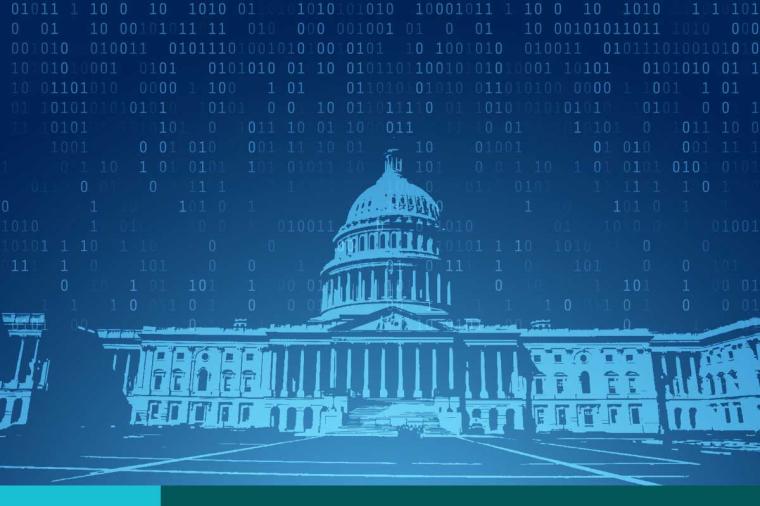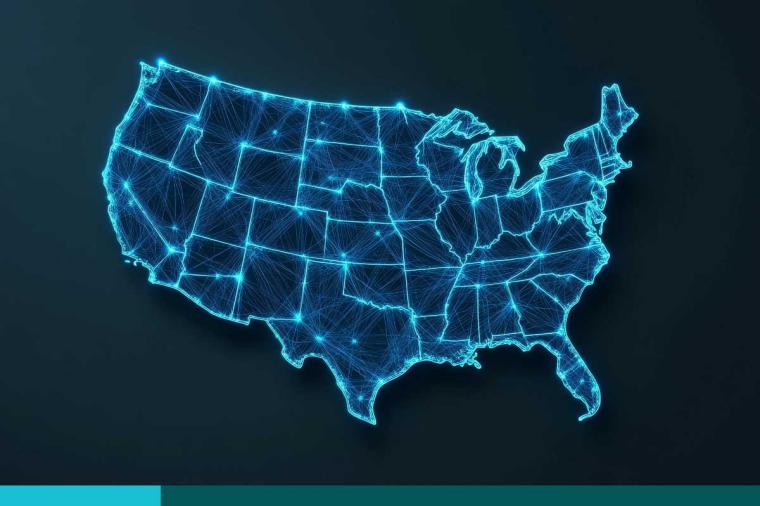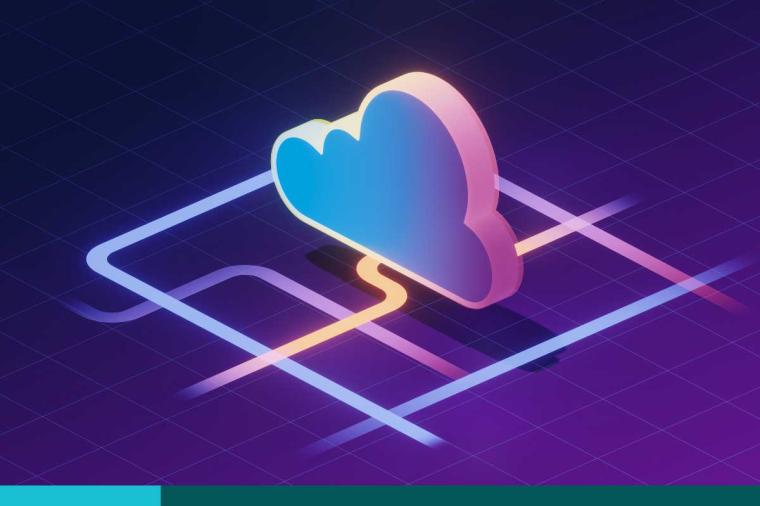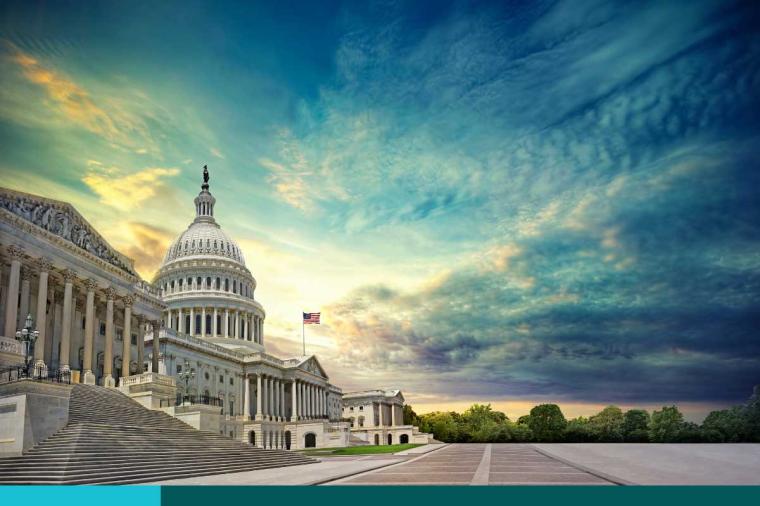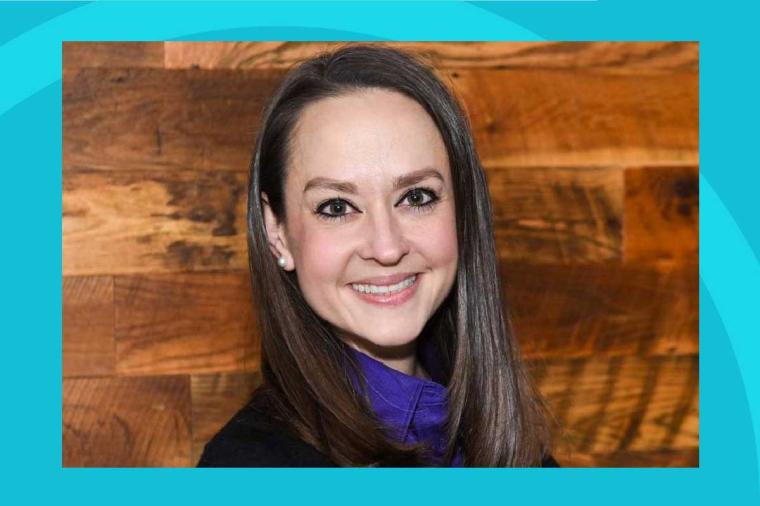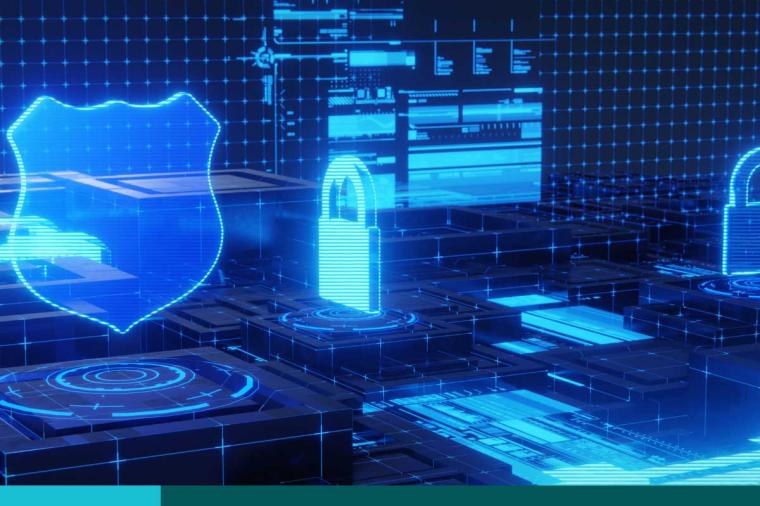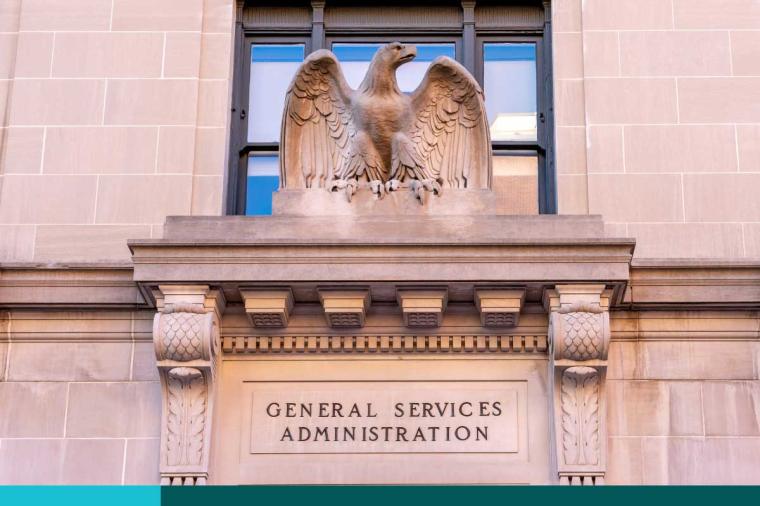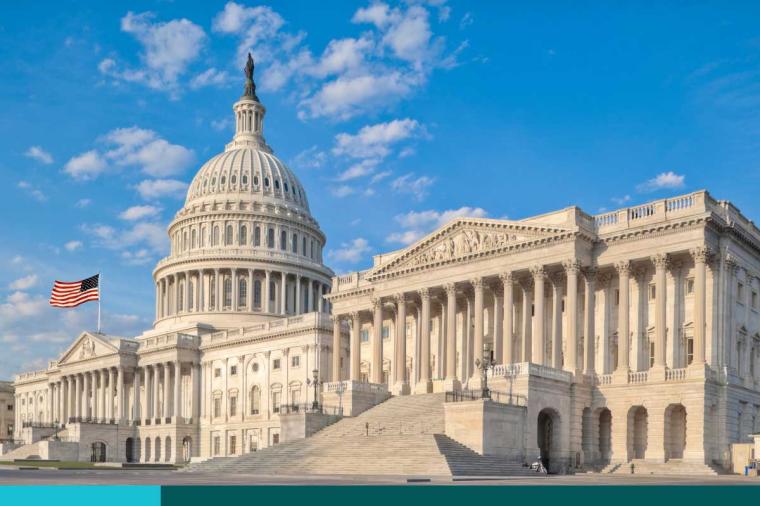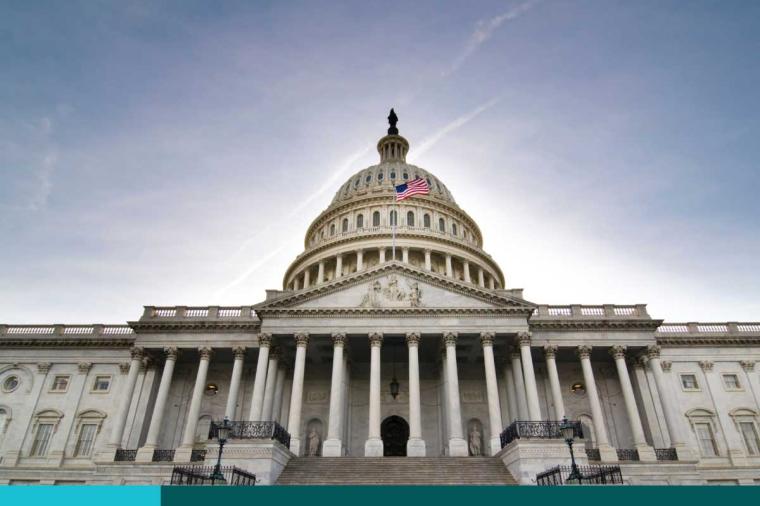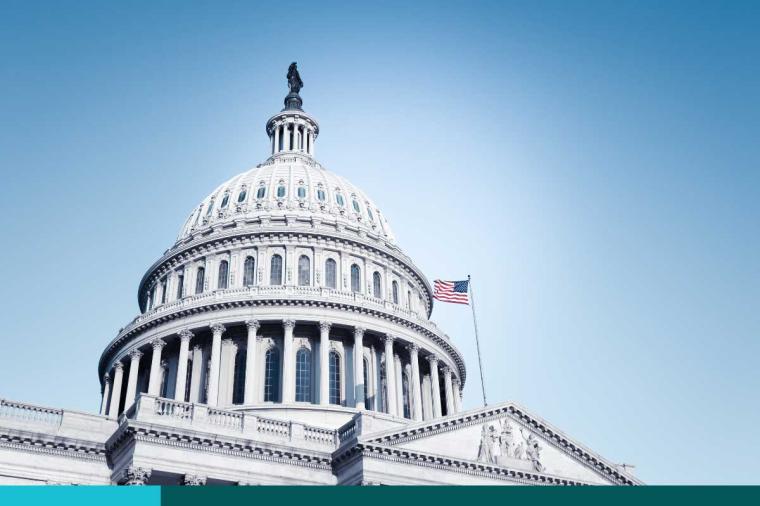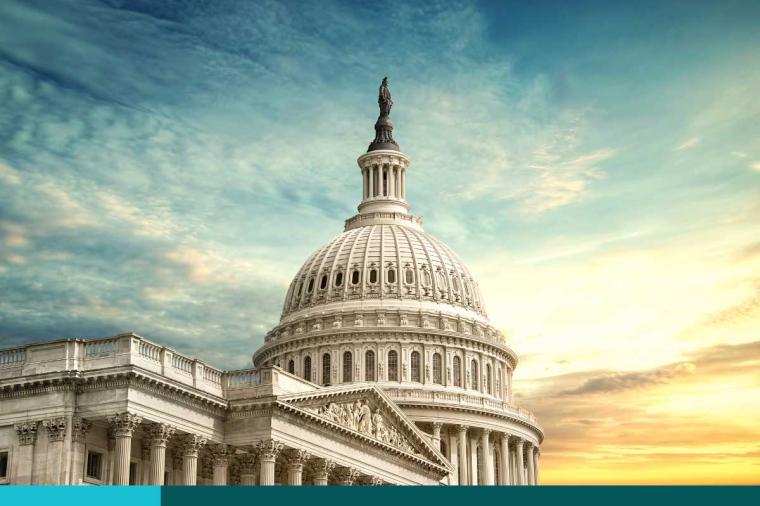Q4FY25 Federal IT Spend: Where and How to Engage
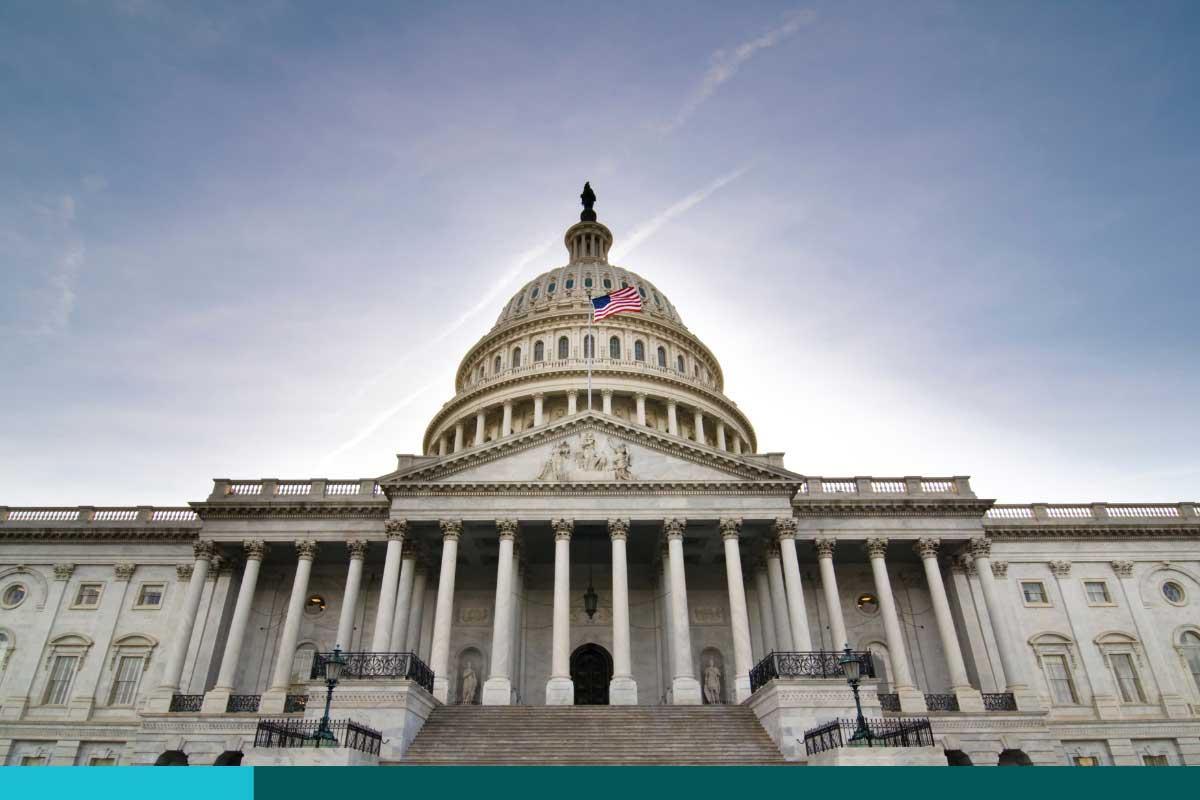
As we enter the final stretch of the federal fiscal year, IT vendors and resellers should prepare for a busy final quarter. Federal agencies are working against the clock to obligate FY25 funds—especially those made available only after Congress passed a continuing resolution (CR) in March. At DLT, we’ve analyzed the landscape to help our vendors and partners navigate this critical period with precision.
Last year around this same time, federal agencies had obligated around $130 billion in IT funding through the end of FY24, with top priorities spanning cloud adoption, AI integration, zero trust cybersecurity, digital service delivery and supply chain modernization. Cloud stood out as the backbone for modernization efforts during that time—especially with initiatives like JWCC at DoD and high-impact service provider (HISP) rollouts across civilian agencies. AI saw exponential adoption in service delivery and fraud prevention, while zero trust remained a mainstay in cybersecurity conversations.
That momentum continues now in late FY25. The March 2025 CR gave agencies just six months until this September to obligate FY25 dollars, including approximately $137B for IT. That reality, combined with the historic trend of September spending equaling nearly 2 months’ worth alone, signals a busy Q4. The most recent CR gave the DoD a roughly $6B increase, while civilian agencies experienced a $13B haircut from the allocations. Still, the spending pressure remains, particularly to justify future-year requests across some agencies of note below.
Q4FY25 Agencies of Focus
DoD is advancing a full-spectrum IT agenda: cloud modernization, software development, cyber defense and AI integration. Cybersecurity, including opportunities in zero trust architecture, ICAM, encryption and CMMC-related needs remain top priorities.
The Department of Energy is focused on data modernization, cyber resilience and AI-ready infrastructure. Vendors and partners should target opportunities focusing on secure data integration, cloud-based governance and analytics capabilities.
Commerce has been investing in quantum tech, AI standards, NIST cybersecurity initiatives and USPTO modernization. DHS’s FY25 budget request supported CISA-led cybersecurity expansion, border tech modernization and a newly established AI office. Opportunities are available for IT companies specializing in security analytics, infrastructure resilience and responsible AI solutions.
VA is continuing its push for cloud-based EHR modernization, expanded telehealth and stronger cyber safeguards. Also in demand: workforce enablement tools to offset reductions in force. Resellers and vendors can find traction with secure infrastructure, endpoint protection and credentialing platforms.
HHS is focused on data interoperability, cloud migration and disease surveillance analytics. Solutions that support secure data flows and intelligent automation will resonate, especially those tailored to beneficiary experience.
DOI is fast-tracking GIS and data automation initiatives, particularly at NPS, USGS and BLM. Treasury is prioritizing fraud analytics, identity management and CX modernization—but faces IRS rescissions that favor operational continuity over long-term transformation. Lastly, SSA has historically spent nearly half its annual budget in Q4, making it a prime target for automation and IT-as-a-force-multiplier messaging.
New Policies and Procedures
The Trump administration’s early moves—especially the DOGE cost-cutting framework, the FAR overhaul and GSA’s OneGov Strategy—all carry implications for how IT will be procured and prioritized in Q4 and well into FY26:
- DOGE: Agencies will be keyed in on solutions that reduce labor costs and streamline workflows. Emphasize automation, ease of use and mission impact.
- FAR Reform: IT companies should track clause-level changes as the FAR Council publishes revisions to improve clarity and compliance.
- GSA Consolidation: With GSA positioning itself as the executive agent for federal IT buying, expect increased emphasis on standard pricing, OEM access and direct-to-agency models—especially through GSA MAS.
For Q4 especially, agencies will favor vendors that can move quickly. Ensure all documentation is in place and that contract vehicles are active and accessible. Q4 is not the time to go dark. Maintain contact with program offices and be responsive to fast-turnaround requests. Finally, focus on demonstrating cost-efficiency, interoperability and alignment to agency-specific mission needs—not just product features.
Q4 remains the federal market’s busiest and most lucrative quarter. Leverage DLT: Our team can help accelerate procurement, connect you with schedules and streamline last-mile buying.
To get more TD SYNNEX Public Sector Market Insight content, please visit our Market Intelligence microsite.
About the Author:
Susanna Patten is a senior manager on the TD SYNNEX Public Sector Market Insights team covering tech trends across the Public Sector. Susanna has over 15 years of experience in public sector IT procurement. Her responsibilities at TD SYNNEX Public Sector include driving market intelligence asset production, ensuring the quality and relevance of deliverables from the Market Insights team, and aligning these insights with sales opportunities.




